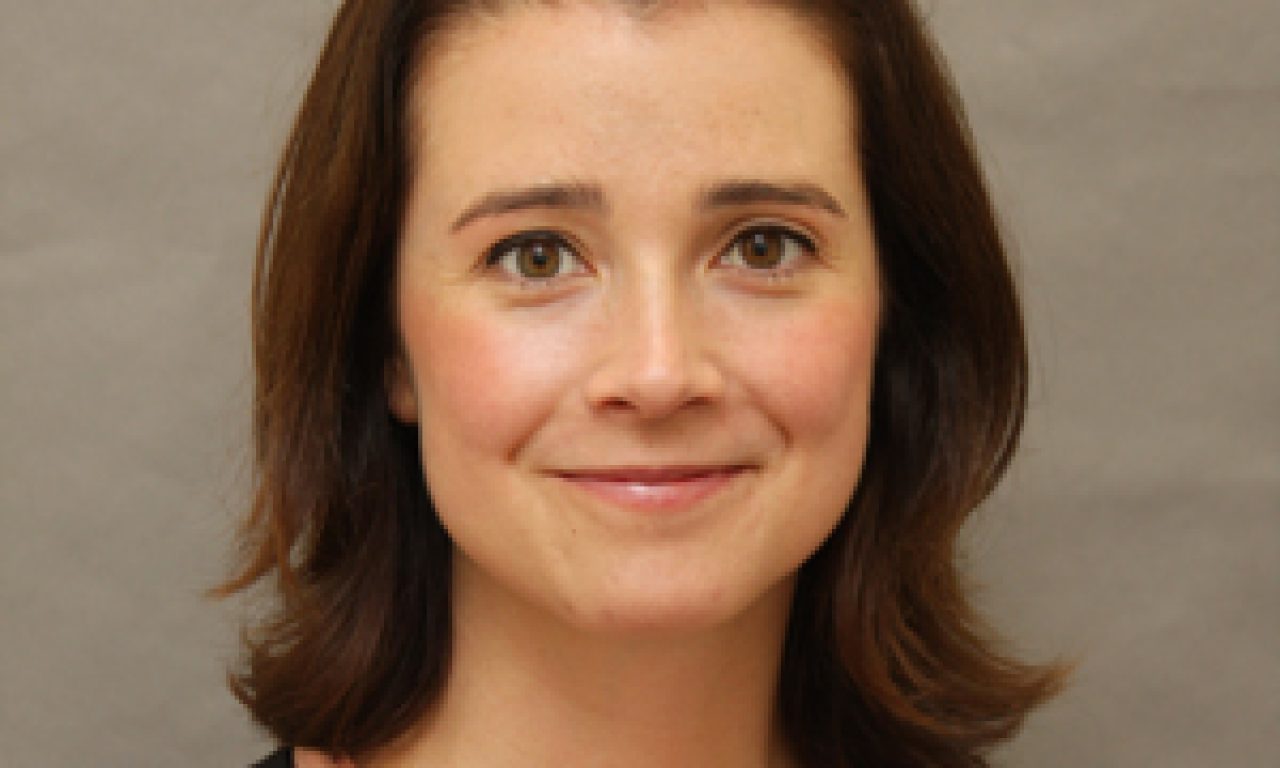by Greg Bright
Some people say that investment styles are dead. Certainly, ‘value’ has struggled for several years, compared with ‘growth’, ‘momentum’ and ‘quality’. If those people are right, what does that mean for how a big super fund chooses a manager?
Muddying the waters is the smart-versus-dumb beta discussion. We all know that plain-vanilla beta can lead you into a bubble and bust, wiping off a couple or more years of performance. The big attraction, of course, is the low pre-performance, pre-tax fees. But, as has been painfully shown in the past 10 years, ‘value’ investing, perhaps the only guaranteed long-term investment out-performer, has been in the doldrums for a little too long. Maybe style really is dead?
Another way to look at the conundrum is to think about ‘contrarian value’ investing. Anne Christine Farstad, portfolio manager of MFS’s ‘Contrarian Value Equity Strategy’, based in London, said on a visit to Australia last week that: “Markets change but human beings don’t.” That sounds good to hear. Contrarian investing actually draws on a mix of styles, of which value and quality are important ones. But the main thing is stock selection. And the second main thing is being opportunistic and looking for extreme asymmetric situations where there is huge disagreement in the market.
She has been at MFS, a long-established highly regarded fund manager, formed in Boston in 1924, since 2005. In 2012 she changed roles from a specialist analyst – notwithstanding her degree in French and Italian literature at Cambridge – to become a portfolio manager at the firm’s European team, which ran a contrarian strategy. The team had shifted some of its weighting, over about 15 years, to look at quality as much or more than value. “We think this is a question which goes to the managers’ temperaments,” Farstad says. “It’s actually a natural contrarian view.”
MFS is also one of the first, if not the first, managers to integrate ESG into investment decisions with sustainability factored into its first research platform in 1932 as a critical long-term performance indicator. “There is a number of different ways to protect the clients’ money. We focus on the ‘moat’, and that tends to be at the heart of our stock selection. [that’s the quality component]. The other way is to get the price right [that’s the value component].”
The ‘moat’, a popular new term in investment circles, refers to the protection that a company may have around its business due to franchise strength and its ability to defend the return on invested capital. The term was possibly invented by someone at Goldman Sachs, who may have also had invented the ‘FANGS’, but we don’t actually know that.
Marian Poirier, MFS country head for Australia and New Zealand, says that ‘quality’ has really grown as an attractive style in the Australian market over the past few years. “The good thing is it fits our thinking as a long-term bottom-up manager.”
Farstad says MFS is not “divided up into fiefdoms”. No Game of Thrones there. However, there are sometimes some “competitive dynamics” between the various teams. “We have cross-pollination and robust discussions. Some of the very consensual longs are challenged by this contrarian strategy, just as some of the potential value traps are challenged by other holders, and that is a very helpful relationship,” she says.
“What we try to do is identify where there is a disagreement in the market,” she says. “For example, there may be a structural disagreement or something going on with corporate culture. A new CEO may come on board. It’s all about the probabilities of defending the moat and the price we are paying.
Farstad says the gap created by the shift to quality growth over recent years means the only buyers she often sees for some very cash generative, cheap assets are private equity who may get these names for a song, because public equity investors are scared.
She says that it is easier to be a contrarian investor if you look at the market differently and tend to think differently to other investors. “We encourage cognitive diversity in our teams,” she says.
She actually personifies the diversity theme. Born in the US, of French, Norwegian and Brazilian heritage, she grew up in the UK, going to school and university there. She is active in the ‘Diversity Project’, which is a global multi-company initiative which champions a more inclusive culture within the investment and pensions profession.
MFS’s contrarian value equity strategy hasn’t exactly shot the lights out in the past two years. It returned minus 5.04 per cent for its composite calculations over 2018, versus a benchmark of MSCI World Value index of minus 0.88 per cent. But the year before, it returned 14.06 per cent, against the MSCI World Value’s 8.41 per cent. That may be the new way of the world. A lot more volatility. Which means, forget those smart-and-dumb beta managers. It’s all about active.

